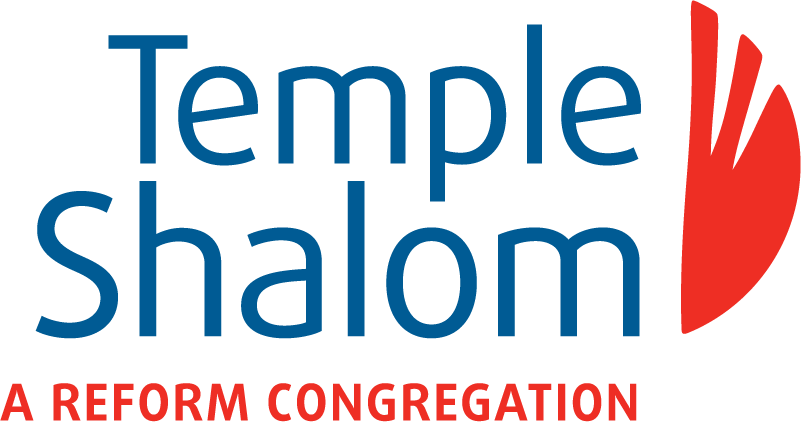How to Stand Proudly, Not Perfectly: Nitzavim – Vayeilech, Deuteronomy 29:9–30:20, 31:1–30
I’ve always thought it strange that there is no name for the Shabbat that precedes Rosh HaShanah. The Shabbat before Passover is called Shabbat HaGadol, the Great Sabbath; the Shabbat before Purim is known as Shabbat Zachor, the Shabbat of Memory; the Shabbat before Tishah B’Av is called Shabbat Hazon, the Shabbat of Vision (named for the vision of destruction described in the haftarah). The Shabbat between Rosh HaShanah and Yom Kippur is Shabbat Shuvah, the Shabbat of Return, with its special liturgy. But this Shabbat seems to just be business as usual. No special name, no special melodies, nothing that hints at what is to come.
Except for the Torah reading. “Atem nitzavim hayom kulchem, lifnei Adonai Elohecha” (You stand today, all of you, before Adonai Your God). The same words will ring out on Yom Kippur, reminding us of our covenant with God and our community as well as our command and our promise to choose life. In the Reform Movement, these words bracket the this year: we hear them days before Rosh HaShanah and again during Yom Kippur.
Torah portions are named for the first significant word that appears in their first sentence. These names become shorthand for the content. In this week’s double portion, Torah tells us: atem nitzavim (you stand) and vayeilech (he went). Standing and going are opposite actions. In one, we are static, but the other puts us in motion, not quite who or where we were…. but also not yet sure of who we are or where we’re going.
Four times in this week’s parashah, we read Moses’ command to Joshua as he transfers power: “hazak v’amatz,” be strong and courageous. The timing of Torah readings is never an accident; I know that on this Shabbat before Rosh HaShanah, those words are for us too. Be strong (not perfect!) and courageous. It takes courage to face our fears and failures, to imagine ourselves differently, and begin moving toward becoming different.
Strength and courage are not arrogance or stubbornness – strength and courage are found in the stumbling and straying. Nitzavim/Vayeilech means we stand and go; the directive is not physical but metaphorical and internal. Sometimes we are grounded, even stuck; sometimes we are restless or driven.
Standing firm can be powerful. It can be a statement of surety, confidence, and hard work that has brought us to where we need to be. Standing firm can also be obstinance, fear of change, or cowardice.
, the medieval philosopher, teaches that nitzavim means, “you stand and are invited before God to stand in God’s covenant.” It is physical and metaphysical, personal and communal. In just a few days, when Rosh HaShanah begins, we will be asked to stand before God, our community, and our deepest selves. How will we stand? How do we respond to God’s invitation?
Several years ago, I shared some thoughts on the High Holiday prayer that begins with the words “Tavo l’fanecha” (we come before you, O God):
In the moments before the , the confessional prayers of the Yom Kippur service, we come before the Divine with contrition.
“We are arrogant and stubborn, claiming to be blameless and free of sin.” Eyes downward, we stand in contemplation and preparation. “In truth, we have stumbled and strayed, we have done wrong.” It is sometimes hard to acknowledge this to ourselves; it’s even harder to say out loud. It’s okay to tremble a bit.
Way back in the 11th century, the rabbis were asked about the proper way to hang a mezuzah. Should it be upright or horizontal? Rashi, the great medieval commentator, answered that it should be upright-as we want our lives and souls to be. His grandson, a Torah scholar in his own right, begged to differ. The Ten Commandments, he said, were placed horizontally in the Ark of the Covenant-we should emulate that. The community was at an impasse, still wondering just how the mezuzah should be placed.
About 150 years later, Rabbi Jacob Ben Asher came along and suggested we split the difference. To honor both interpretations, he asserted that the mezuzah should be slanted. Perhaps this is also a model for us as we prepare for the High Holidays. The standing we are asking to do on these days is internal rather than physical; it is not about our limbs and muscles, but about our hearts and souls. So, even as we prepare to stand upright and firm-proud of who we are and who we have become – we are also bent, still in motion, still going, still becoming.
